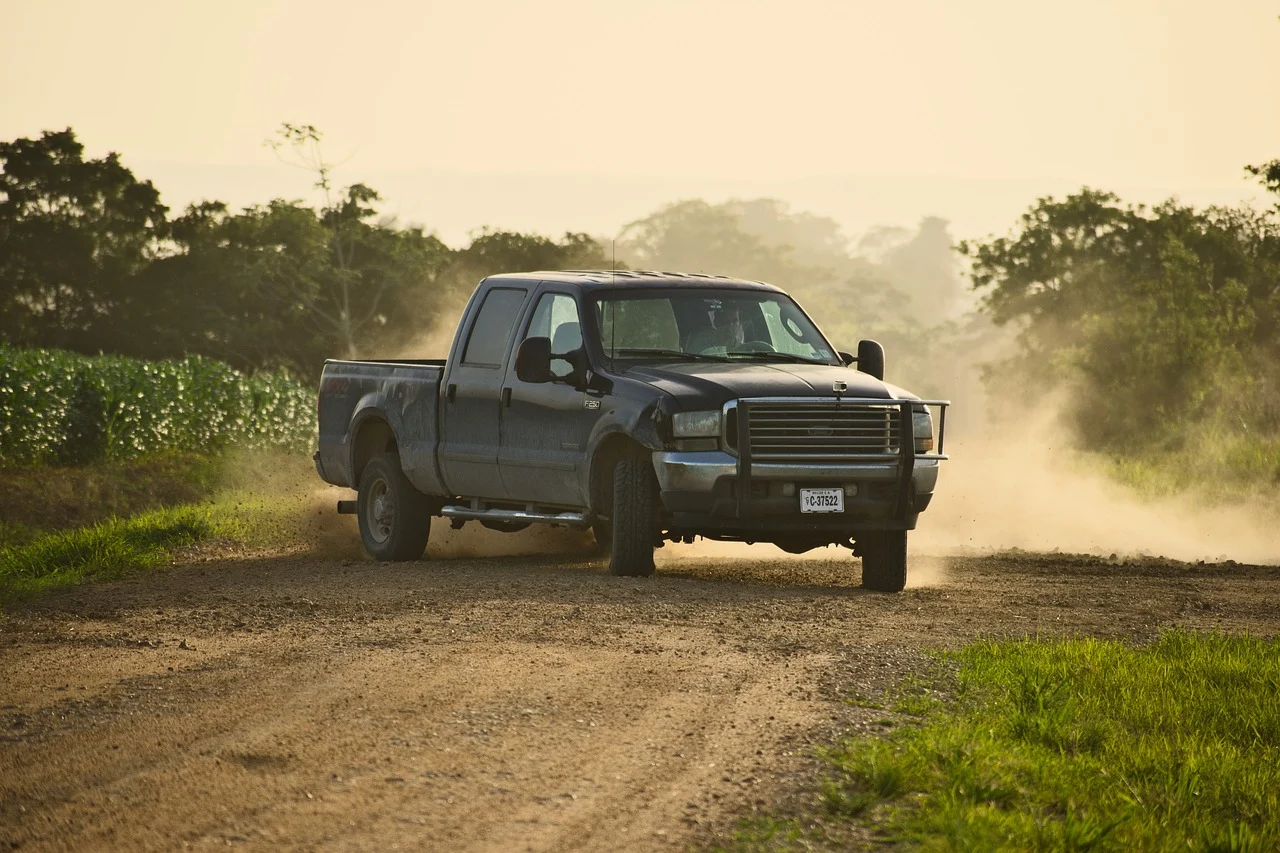A truck or rorry is a commercial motor vehicle designed primarily to transport freight, carry heavy payloads, or do other general utilitarian work. Trucks range greatly in size, engine power, and configuration, although most are generally manufactured in small, four-wheel drive designs. Some trucks are built on a rear-axle basis, while others are single axle operations. Regardless of transmission arrangement, most trucks are fitted with one or more drive units, which include an axial engine, transmission, transfer case, clutch system, final drive, and brake system.
As defined by federal definitions, a light truck is any single passenger automobile other than a bus that has been manufactured primarily for use as a stand alone motor vehicle. A motor coach or motor van may also be classified as a light truck, provided it is designed primarily for passenger transportation and not for sales. The definition also covers motor homes, if they are not manufactured primarily for transporting persons. Mobile home is the term used to describe a unit that is permanently fixed in place and is designed exclusively for living purposes. Mobile homes are subject to local ordinances and regulations regarding driving and parking.
There are two federal definitions that define types of passenger automobiles that can be placed on the road as a commercial vehicle. These are passenger cars and motor vans. For purposes of our purposes, both passenger cars and vans will qualify as a commercial vehicle if they are capable of transporting at least eight passengers. For purposes of our definition of a passenger car, this definition excludes all vehicles that are permanently fitted with air conditioning, enclosed seating (unless the vehicle also includes a minivan type sub-type with rear seating only), and have a capacity of less than eight people for travel.
As noted above, some passenger automobiles qualify as being more than merely passenger cars. They can be grouped together under the umbrella of “passenger vehicles” to include mini vans, SUVs, minivans, and trucks. Many states also categorize trucks under the classification of “commercial vehicles” and require those vehicles to meet federal motor vehicle safety standards. Many states require that trucks meet additional regulations, including the “green” requirements of the national fuel efficiency organization (NFSA). In general, it is best to be familiar with the definitions of passenger cars and trucks before considering your vehicle to be one.
One of the most common definitions of a pickup truck is the single vehicle that is capable of being lifted and transported by means of a crane. Although trucks can be classified as such, they are usually only considered to be so if they carry a maximum of two people and their luggage. Another commonly used definition of a pickup truck is the single-axle vehicle that can carry a single passenger and their luggage, whether that luggage is loaded or unloaded. These definitions are important for a number of reasons, not least of which is to ensure that all passengers are safely transported in a safe manner.
It is impossible to state with certainty what a truck is capable of being capable of carrying or how many people can be comfortably transported in a single vehicle during an off-highway operation. Because of this, it is better to be familiar with the definitions of each classifications of truck to ensure that your vehicle will be up to the task of transporting whatever you need to move. If you are not sure what a light truck, passenger automobile, mini van, or other classifications are, it may be helpful to consult a local Department of Motor Vehicles to gain the information you need to make the best decision possible.




